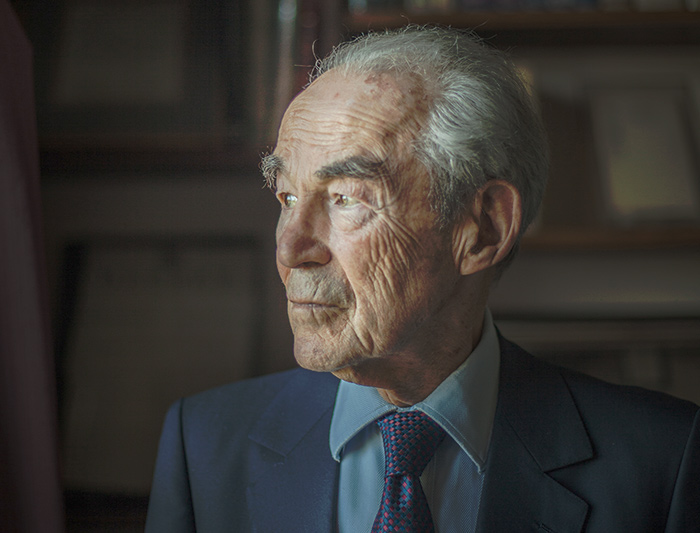The Greco-Roman Museum of Alexandria, one of the oldest and most important museums in Egypt, reopened its doors on October 11, after 18 years of closure for renovation and restoration work. This museum traces the cultural history of Alexandria, a city where Egyptian, Greek, Roman, Coptic and Byzantine civilizations crossed and mixed.
Inspired by the architecture of Greek temples, the museum was founded in 1891 by Italian archaeologist Giuseppe Botti. First inaugurated on September 26, 1895 by Khedive Abbas Helmi, the Greco-Roman Museum closed its doors for renovation more than a century later, in 2005. The project began in 2009, but was interrupted due to lack of funding in 2011. Work resumed in 2018 and was completed in 2023, allowing its reopening.
The museum houses around 6,000 objects exhibited on two levels, in chronological or thematic order. On the ground floor, visitors can admire the 27 rooms covering a period ranging from the pre-Alexandrian era (5th century BC) to the Byzantine era (6th century AD). The first floor is divided into several themes: the Nile, the Agora, the Red Earth, industry and commerce, coins, Alexandrian art, Alexandrian sculptures, the Bubasti district , the catacombs of Kom el-Shoqafa and its surroundings.
The 6,000 pieces on display highlight the intellectual and artistic mix between the different cultures that settled in Alexandria. Themes cover topics such as political life in the Ptolemaic and Roman times, Alexandrian society, religion and worship in the Greek and Roman eras. Furthermore, the museum explores the evolution of funerary practices in the Greek and Roman eras through mummies, amulets, canopic vases, funerary steles, Fayoum portraits and coffins representative of the different periods of Alexandria in particular. and Egypt in general. Byzantine and Coptic art is also highlighted through distinctive architectural remains such as friezes, ceiling decorations, column bases, capitals, tapestries and coins.
The rehabilitation of the Greco-Roman Museum of Alexandria is one of the most important restoration projects in Egypt (3). With a cost of 567 million Egyptian pounds (LE), or approximately 17.4 million euros, the work made it possible to restore the ancient walls and the classical facade of the museum, as well as to develop the lighting and lighting systems. security. In addition, an additional room on the ground floor, the gypsum library, was opened to store plaster reproductions of the antiques. The museum also includes an educational department, museum archives, a rare book library, stores and restoration workshops.
Several historic pieces have been restored, involving many challenges, particularly related to the complex movement of the works. For example, the temple of Sobek has been reconstructed inside the museum, while the colossus of the Patio, otherwise known as “Queen’s Square”, a statue of a Ptolemaic queen weighing almost 25 tons and measuring 11 meters in height, had to be moved in order to restore its pedestal – the original having disappeared.







